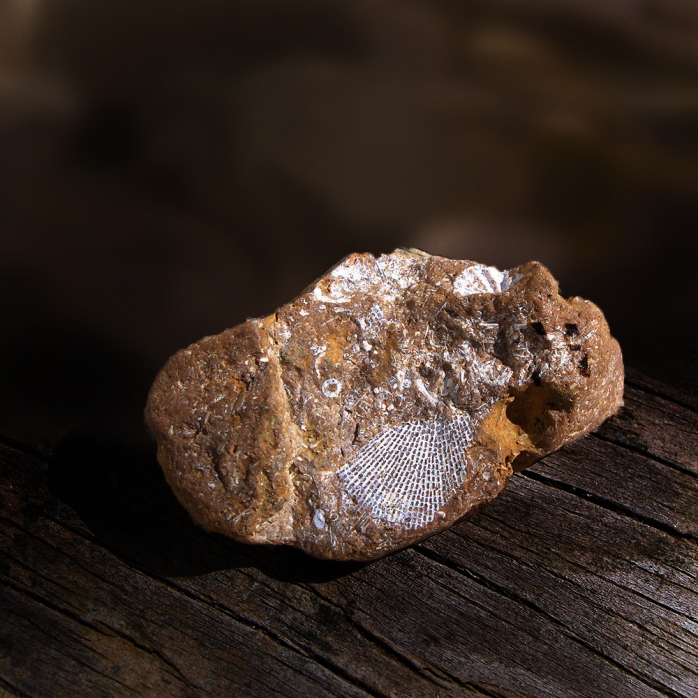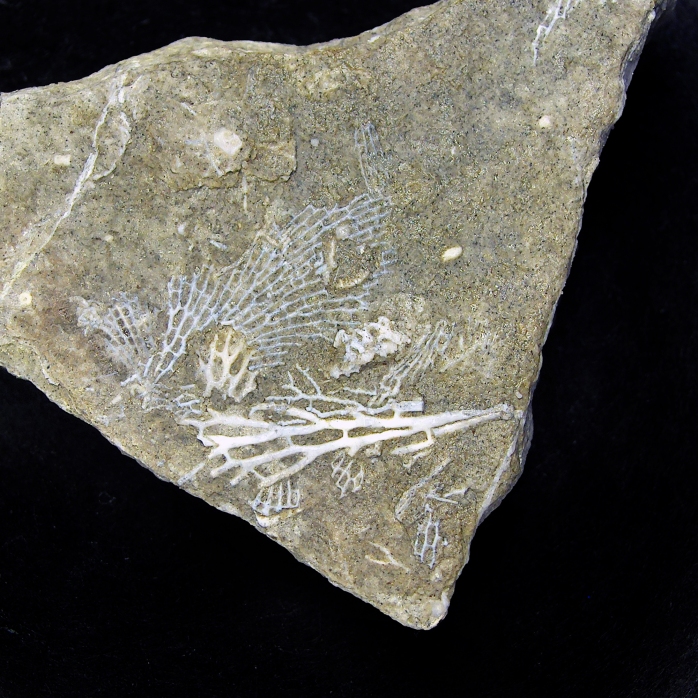Combing the shores of Oval Beach in Saugatuck, Michigan, as well as many other beaches along the fresh water coastline, you will occasionally find these interesting fossil samples of one of Earth’s earliest multicellular creatures! They are often called lace corals because of their delicately threaded appearance, but they are not true corals; instead, they are moss-like animals better known as bryozoans.
Today, there are around 5000 species of bryozoans, living mainly in marine water environments. Another 15,000 species or more are known from the fossil records dating as far back as 500 million-years-ago and some of their descendants are still living today. During the Mississippian Period (359.2 mya – 318.1 mya) bryozoans were so plentiful that their broken calcium-carbonate skeletons formed entire limestone beds.

Bryozoan Colony Growth
Bryozoans form tight colonies sculptured by hard, limy, branching structures, or, in freshwater species, form gelatinous blobs. A bryozoan colony often encrusts surfaces such as rocks, shells or even kelp. A colony consists of thousands of individual animals called “zooids”. Each individual zooid lives inside its own limy tube called a zooecium. The zooecium is the size of a sewing needle. A single zooid begins the colony. Each additional zooid is a clone of the very first one. A bryozoan colony has been observed growing from a single zooid to 38,000 in just five months.

Interesting How Bryozoan Feed
In order to feed, each bryozoan zooid has an opening through which the animal can extend its ring of tentacles called a lophophore. The bryozoan captures microscopic animals from the water as they pass by its lophophore tentacles. If one zooid receives food, it nourishes the neighboring zooids because they are joined by strands of protoplasm. If only people could be more like them, feeding the masses; imagine!

CLASSIFICATION
Common Name: “Lace Coral”
Scientific Name: “Fenestella, plebeian”
Kingdom: Animalia
Phylum: Bryozoa (means moss animal)
Class: Stenolaemata (means tubular walls)
Order: Fenestrata
Family: Fenestellida (group of fan shaped or mesh-like bryozoans)
Genus: Fenestella
Species: plebeian
All rights reserved © Fossillady 2011
